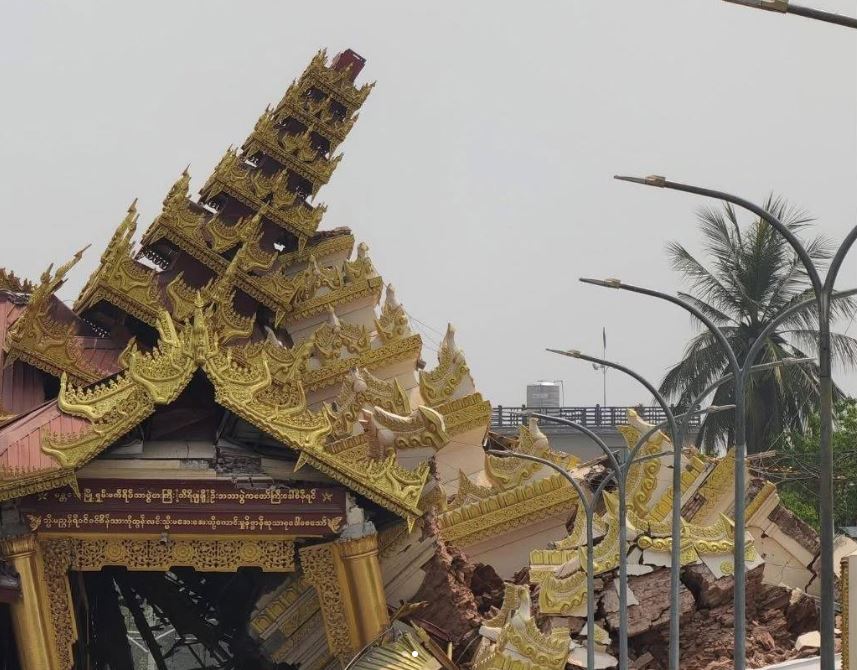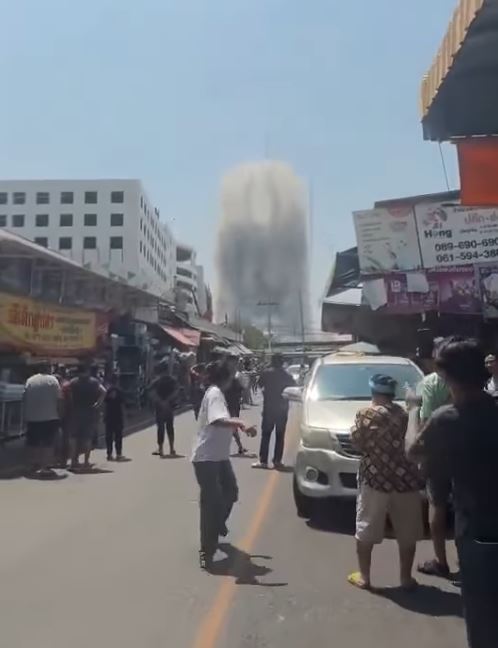A powerful 7.7 magnitude earthquake struck Myanmar on Friday, causing widespread devastation across the country. The tremors were felt as far away as Bangkok, around 1,300 kilometres distant. Myanmar’s key cities, Mandalay and Naypyidaw, were severely affected, with many buildings reduced to rubble and the death toll climbing to more than 2,000. Rescue teams are working tirelessly to locate survivors.
++ Healthy dad of three went to bed with earache—died three hours later
The earthquake’s effects were not limited to Myanmar. In Bangkok, fatalities were confirmed at three construction sites, including a high-rise building where 18 lives were lost by Sunday. The seismic activity serves as a reminder of the unpredictable nature of such disasters, with aftershocks expected in the coming months.
Earthquakes occur due to tectonic plate movements, where pressure builds up over time and suddenly releases, causing the ground to shake. Although scientists can identify earthquake-prone regions, the exact timing of such events remains unpredictable. Experts caution that aftershocks are common after large earthquakes, adding to the ongoing danger.
++ Ötzi: the ice mummy found perfectly preserved in the European mountains
For those in earthquake-prone areas, safety measures include dropping to the ground, covering your head under a sturdy structure, and staying away from windows or elevators. Outdoor safety involves keeping a distance from buildings and trees, as secondary hazards like landslides or fires can occur following the initial quake.





